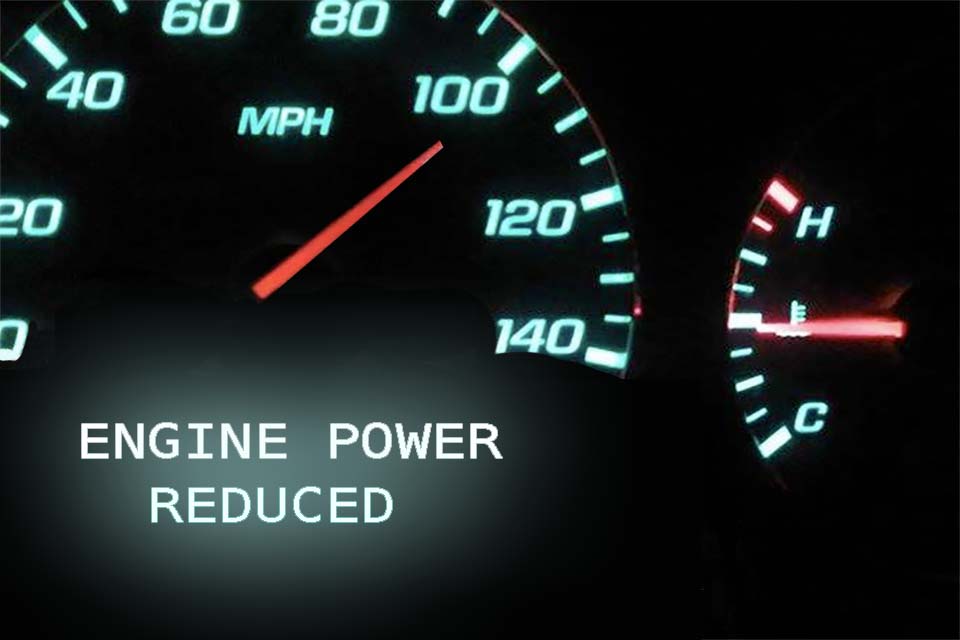The Volkswagen ID.4 is a popular electric vehicle that has been making waves in the automotive industry since its release in 2021. However, like any other vehicle, the ID.4 has not been immune to problems, complaints, and recalls.
One of the most significant problems reported by ID.4 owners is related to the vehicle’s software. There have been multiple complaints of the software malfunctioning, resulting in issues such as loss of power, sudden deceleration, and even complete shutdown of the vehicle. These issues have led to multiple recalls of the ID.4, with Volkswagen issuing software updates to address the problem.
Another complaint reported by ID.4 owners is related to the vehicle’s charging capabilities. There have been complaints about the charging process being slow or inconsistent, with some reports that the vehicle fails to charge altogether. While this issue has not led to any recalls, it is something that Volkswagen needs to address to ensure that the ID.4 remains a competitive electric vehicle option.
There have also been several complaints regarding the ID.4’s braking system. Some drivers have reported that the brakes are unresponsive, while others have complained about excessive brake wear. These issues have not resulted in any recalls, but they are cause for concern and something that Volkswagen needs to address to ensure the safety of its drivers.
In addition to these issues, there have been a few recalls associated with the Volkswagen ID.4. The most recent recall involves certain 2023 ID4 rear-wheel drive vehicles. The 12-Volt battery charging cable may contact the steering column shaft and cause the cable insulation to wear, possibly resulting in a short circuit. As a precaution, owners of affected vehicles are advised to park outside and away from structures and other vehicles due to the potential risk of a vehicle fire.
In conclusion, while the Volkswagen ID.4 is a promising electric vehicle option, it has had its fair share of problems and complaints. From issues with the software to problems with the charging and braking systems, there are areas where Volkswagen needs to improve the vehicle. However, it is reassuring to see that Volkswagen has been proactive in addressing these issues, with recalls and software updates aimed at improving the driving experience and ensuring the safety of its drivers.





 Loss of Continuity within Accelerator Pedal Position Sensor Circuit in some 2016-2018 model year Chevrolet Malibu, 2017-2018 model year Buick LaCrosse and 2018 model year Buick Regal vehicles
Loss of Continuity within Accelerator Pedal Position Sensor Circuit in some 2016-2018 model year Chevrolet Malibu, 2017-2018 model year Buick LaCrosse and 2018 model year Buick Regal vehicles